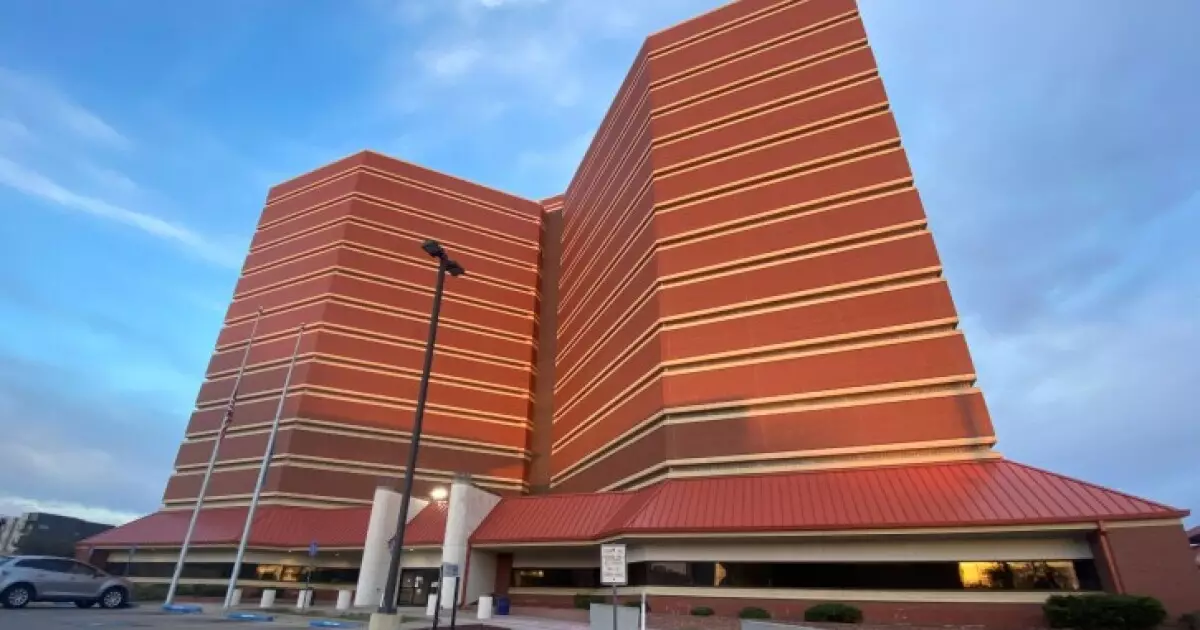Oklahoma County is currently embroiled in a significant legal struggle regarding the construction of a new jail, following a controversial rejection of a special use permit by Oklahoma City officials. The county’s decision to pursue litigation against the city highlights the complex relationship between local governments and the often contentious processes through which essential public facilities, like jails, are built. The urgency of resolving this dispute has been underscored by the state attorney general’s office indicating that the county has a solid legal foundation to argue its case.
The root of the issue originates from the approval of $260 million in general obligation bonds by voters in 2022 to finance a new jail, a project necessitated by the deplorable conditions present at the existing county detention center. This 13-story facility, operational since 1991, has been the subject of criticism concerning its inadequate health and safety standards. Proponents of the new jail argue that the proposed infrastructure will not only improve conditions for inmates but also address broader community safety concerns. However, Oklahoma City’s rejection of the proposed site on the outskirts has propelled the county into a courtroom.
A recent “letter of counsel” from the Oklahoma Attorney General’s office has provided pivotal insights into the dispute. This communication conveyed that the county may receive judicial protection from the city’s zoning regulations, which are typically designed to manage land use requests based on local interests. Deputy General Counsel Thomas Schneider artfully mentioned that while the county holds power in making decisions regarding the jail’s location, it must also be attentive to the city’s valid concerns. This complicates the traditional narrative surrounding municipal sovereignty and highlights the need for cooperative governance.
The letter also prompted the county to consider negotiations with Oklahoma City rather than prolonging litigation. Acknowledging the intricate balance required in local governance, Schneider suggested a more consultative approach, recommending that the county actively engage with city officials to evaluate community objections—essentially advocating for a planned dialogue rather than a standoff.
The hike in estimated costs for the jail project, which has risen to an eye-watering $672 million, calls into question the fiscal prudence of the county’s endeavors. As the costs escalate, the need for innovative financing solutions becomes increasingly prominent. A public-private partnership is currently being explored, with responses from financial giants like Raymond James and Morgan Stanley indicating industry interest in participating in the project. Such partnerships might provide the necessary capital while distributing the associated risks, helping to alleviate the financial burden on county resources.
The financial structures under discussion include options for lease-purchase agreements that could span up to 30 years, which highlights the long-term implications of this decision on the county’s fiscal landscape. The use of tax-exempt and taxable fixed-rate bonds signifies a creative approach to address funding while maintaining accountability to local taxpayers.
To overcome the current impasse, it is imperative for Oklahoma County to balance its objectives with the concerns voiced by Oklahoma City residents and officials. Engaging in meaningful dialogue could not only foster better relationships between the two entities but also promote public understanding of the jail’s necessity. Listening to feedback and adapting plans accordingly would likely mitigate resentment and apprehension within the community regarding the proposed jail’s location.
Further, as conversations evolve, stakeholders must recognize the larger implications of this project for public health and safety. The new facility is not merely about incarceration; it is about providing adequate medical and mental health assistance to inmates, thereby fulfilling a moral obligation to support some of society’s most vulnerable populations.
The Oklahoma County jail situation encapsulates the struggles of modern governance, pitting local needs against emergent public responsibilities. This legal conflict is not just about a building; it represents the broader challenges of administering justice, ensuring safety, and fostering collaboration between municipal entities. As the situation develops, the actions taken by county officials will not only shape the future of the jail project but also could redefine the dynamics of intergovernmental relationships within the region.

